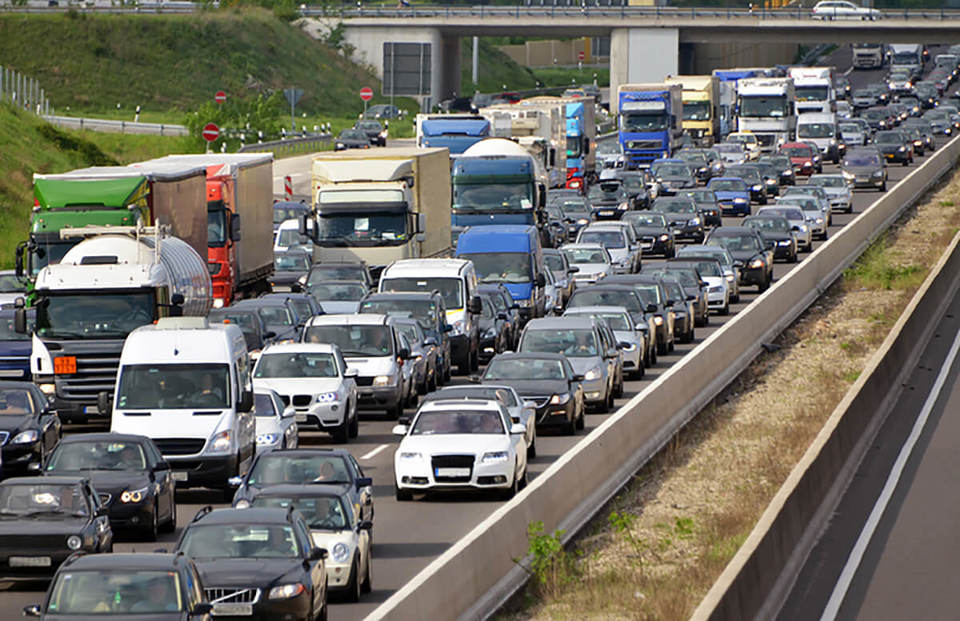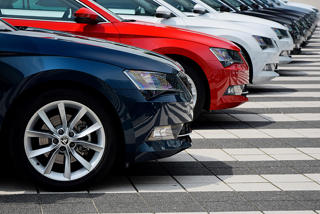A significant proportion of companies are actively seeking both to reduce business travel and to cut the number of employees commuting to the workplace, research by Sewells has found.
The study of more than 1,000 British business leaders found the changes were being driven by the cost of travel, its environmental impact and its negative impact on staff productivity.
The British Business and Mobility Study found that:
- 66% of business have set targets to reduce their volume of internal travel.
- 60% of businesses have targets to cut trips to suppliers.
- 66% of businesses have targets to lower the number of journeys to clients.
- 65% of businesses consider video conferencing as a viable alternative to business travel.
Moreover, online collaboration and the increasing opportunity for remote diagnostics and fixes are lowering the need for staff to travel either for internal meetings or to meet customers and suppliers.
This threatens to have a serious impact on company fleet size:
- 48% of extra-large fleets (250+ cars) and 56% of large fleets (101- 250 cars) believe a 25% reduction in business travel is achievable within five years.
The figures are lower but still eye-catching for light commercial vehicle fleets:
- 33% of extra-large (250+ vehicles) and 44% of large (101-250 vehicles) think a 25% reduction in business travel is achievable within five years.
These forecasts coincide with the dramatic rise of Mobility as a Service (MaaS) travel options, where new products, services and technology are starting to challenge the concept of ‘default car’ for every journey, and to undermine the one-car-one-driver model. Apps that identify the cheapest, quickest and most convenient travel options (such as ride hailing, car sharing, on-demand bus services and public transport) for each door-to-door trip are already appearing.
From a business perspective, cost savings, CO2 reductions, higher employee productivity and a desire to support employee lifestyle choices top the list of benefits that are persuading companies to investigate MaaS solutions.
The MaaS market is still in its infancy, however, with little brand awareness. Only Uber has penetrated business consciousness to a significant degree, but interest is rising in firms such as car club specialist Zipcar, MaaS pioneer Whim and car sharing service BlaBlaCar. This interest is particularly keen among businesses that operate ultra-low emission vehicles, an indication that environmental efficiency goes hand-in-hand with progressive attitudes towards transport alternatives.
Interestingly, the The British Business and Mobility Study found that respondents expect start-ups and specialist mobility providers to be the leaders in MaaS, ahead of leasing and rental companies, local authorities and vehicle manufacturers.
The first adopters of MaaS solutions are more likely to be commuters than drivers who rely on a company vehicle for business journeys, and the Sewells report found a rising tide of pressure on commuting in the face of wasted time in congestion, a shortage of workplace parking spaces and an anticipated lack of office space to accommodate all employees.
The British Business and Mobility Study found:
- 58% of companies have taken steps, or plan to take steps, to reduce commuting to the workplace.
- 67% of businesses now see working from home as a viable alternative to the workplace, and 43% of businesses actively encourage it.
- 69% of large corporates want to see fewer staff commuting to the workplace.
- 61% of businesses have set a specific target to reduce the commuter journeys.
- 24% of large corporate businesses and 20% of small businesses anticipate a shortage of parking spaces within the next five years.
Encouraging employees to share lifts for the journey to work and for joint journeys to visit clients is the primary solution to reduce car use, according to the report.
Ian Richardson, general manager, Sewells Research & Insight, said: “The investment being made by manufacturers, tech firms, leasing and rental operators and start-ups, all point in one direction. At some stage, apps will allow all of us to identify the most convenient, fastest or cheapest multi-modal way to travel from A to B, and the days of ‘default car’ for every journey will end.
“In the corporate sector the conditions are ripe for this approach for some employees. Businesses and their staff are looking for ways to work flexibly and remotely, to cut down on time lost while commuting, and to reduce demand on workplace parking spaces. The current emphasis on employees sharing li s both to work and to visit suppliers and clients is a natural, if accidental, stepping stone towards a future of shared travel via ride hailing, car sharing, on-demand bus services and public transport.
"Business customers are starting to wake up to these possibilities, but in a wide open market there is everything for suppliers to play for.”






















Login to comment
Comments
No comments have been made yet.